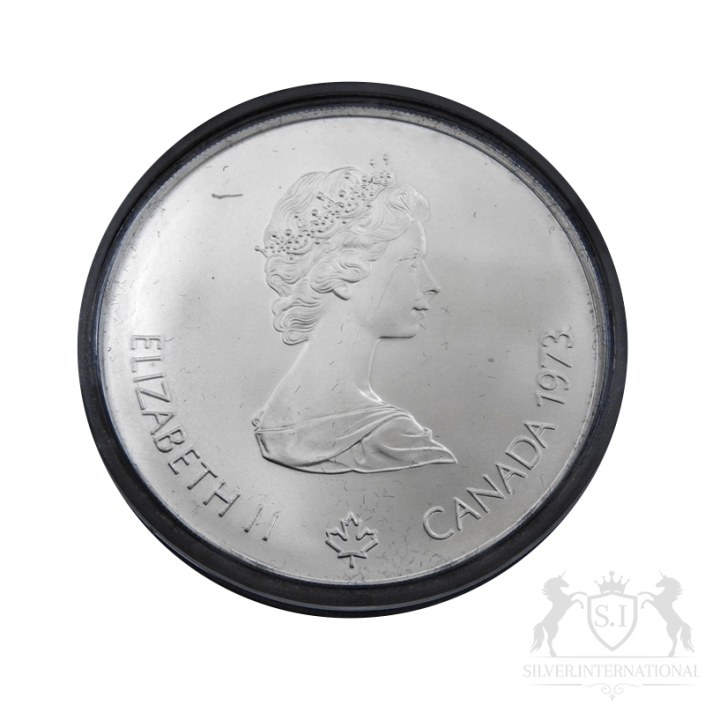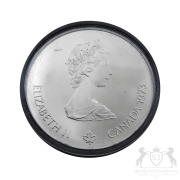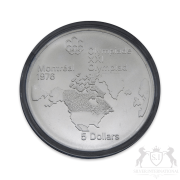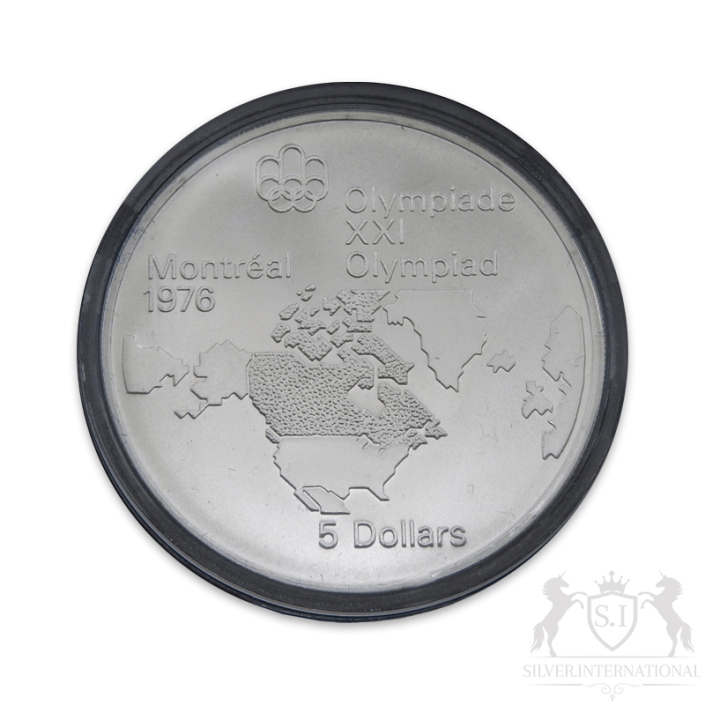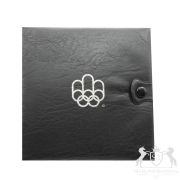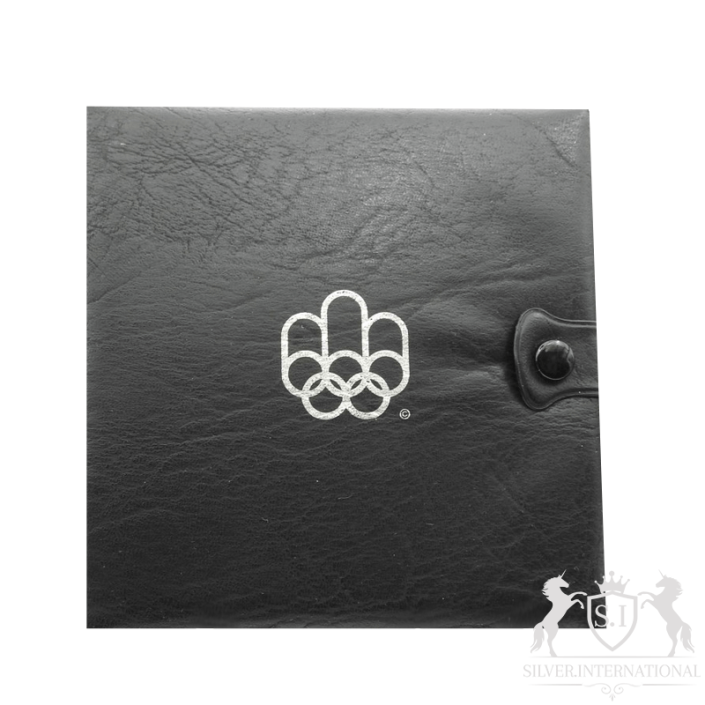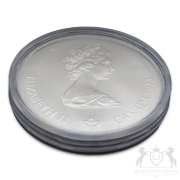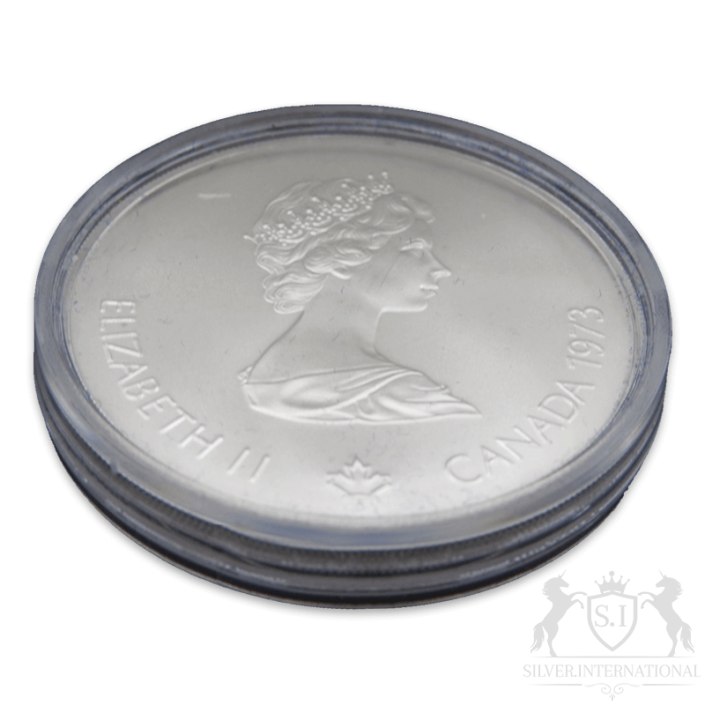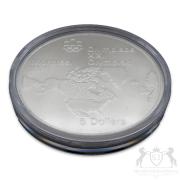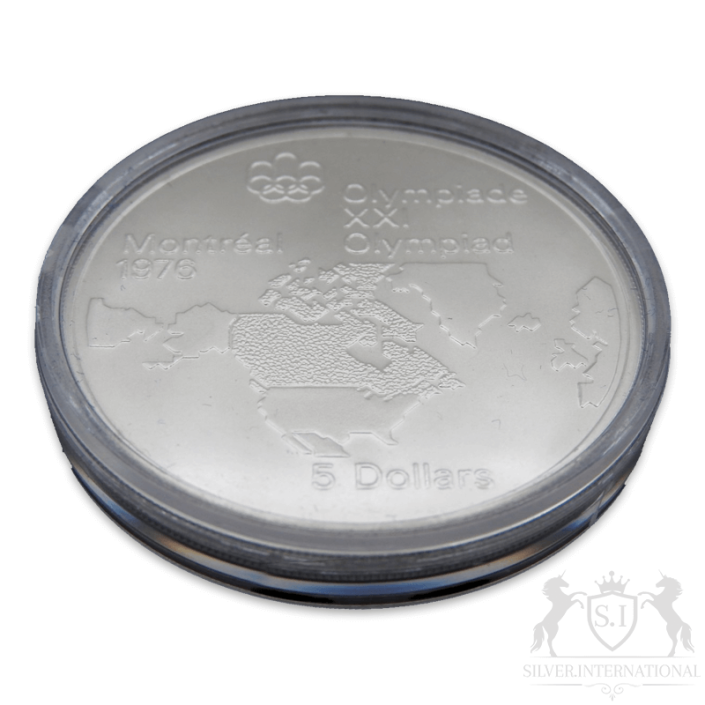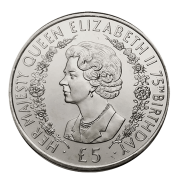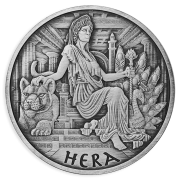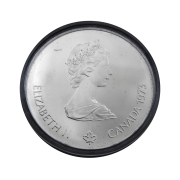Canada is a country located in the northern part of North America. A federal parliamentary constitutional monarchy composed of ten provinces and three territories, the country is bordered on the east by the Atlantic Ocean, on the north by the Arctic Ocean and on the west by the Pacific Ocean from where its motto Latin (official since 1921) found on some 50 cents coins among others “A mari usque ad mare” (from one ocean to another).
Read more
The United States is the only border country in the south and north-west. Canada’s land area is nearly 10 million square kilometers, making it the second largest country in the world after Russia. In 2016, it has about 36 million inhabitants and is the 37th most populous country in the world. The territory contains more than 31,700 lakes, making Canada the country with some of the largest freshwater reserves in the world. The official languages at the federal level are English and French. The federal capital is Ottawa and the currency is the Canadian dollar. The first occupants of the Canadian territory were the Amerindians, whose migrations date back to about 15,000 years ago during the last glaciation that lowered the level of the oceans and created a land bridge linking Eurasia to America, allowing to settle down. Although Vikings settled from the 11th century to the 14th century, the first explorations of Europeans began at the end of the 15th century, culminating in the expeditions of Frenchman Jacques Cartier to the Gulf of St. Lawrence. After some unsuccessful experiments in the first half of the 16th century, we see the first French perennial trading posts on the continent between 1600 and 1608, initiating the process of French colonization. Subsequently, the British invaded the established French colonies and established other settlements, particularly in the Atlantic Coast region (Nova Scotia, Acadia), the St. Lawrence River Valley and the Labrador Peninsula (Nova Scotia). France) as well as in the Arctic zone, while other European powers such as Spain and Russia explore the rest of Canada. As a result of various conflicts, especially the Spanish Succession War (1701-1714), the Conquest War (1754-1760) and the American War of Independence (1775-1783), the Great War Brittany gained and lost territories in the eighteenth century, resulting in what corresponds to the Canadian territory of today. Three of these colonies federated on July 1, 1867, forming the Dominion of Canada, an independent nation under partial domination of the British Crown. Its complete sovereignty is then guaranteed by the Balfour Declaration of 1926, the Westminster Statute of 1931 and the repatriation of its Constitution in 1982. Canada’s contemporary history has been marked by a vigorous territorial expansion, the Gold Rush and participation in the First World War. The country was badly hit by the Great Depression in 1929 but its economy rebounded thanks to its participation in the Second World War, where it emerged as a middle power and was one of the winners as a member of the Allies.
Specifications
| Country: | Canada |
| Denomination: | 10 Dollars |
| Year of Issue: | 1973 |
| Fine Silver (F.S.): | 925/1000 |
| Weight: | 1 troy 48.6 mm |
| Net Silver: | 44.96 g – 1.4453 ozt |
| Diameter: | 45 mm |
| Thickness: | 3,2 mm |
| Edge: | Reeded |
| Shape: | Round |
| Catalog: | KM #86 |
| Designer: | Arnold Machin, Georges Huel |
| Mintage: | 103.426 |
Design
| Obverse: | Bust of Queen Elizabeth II, as at 37 years of age, wearing tiara, facing right. |
| Script: | Latin |
| Lettering: | ELIZABETH II CANADA 1973 |
| Reverse: | Map of the world, Olympic logo above |
| Lettering: | Olympiade XXI Olympiad Montréal 1976 10 Dollars |


